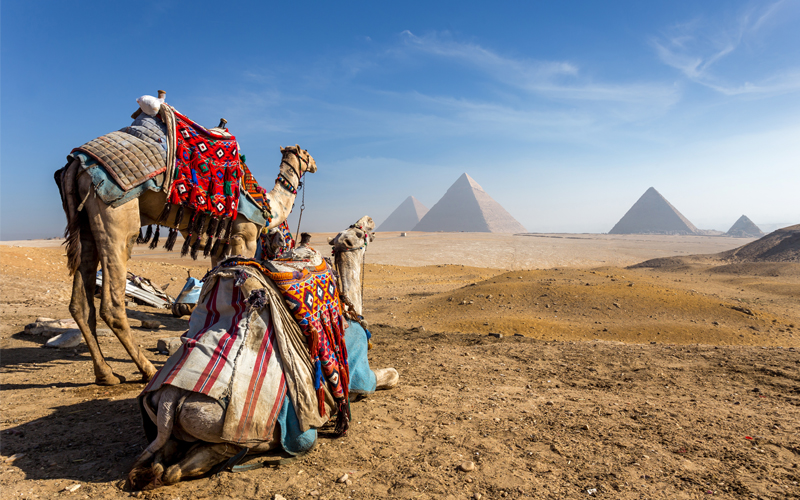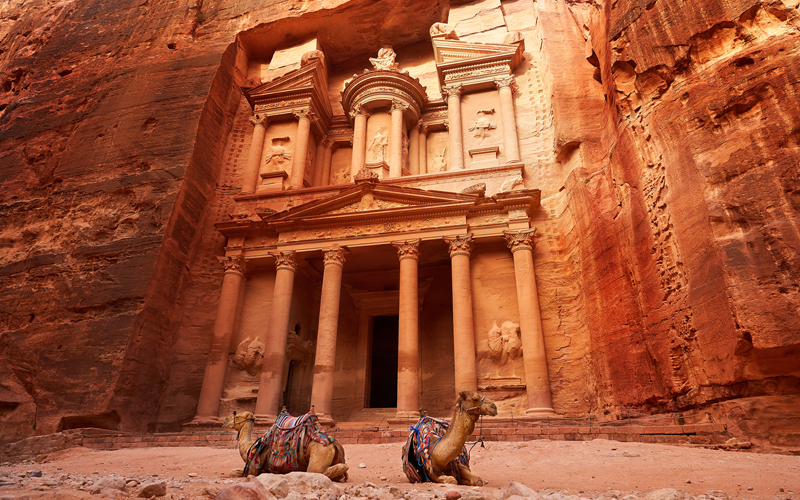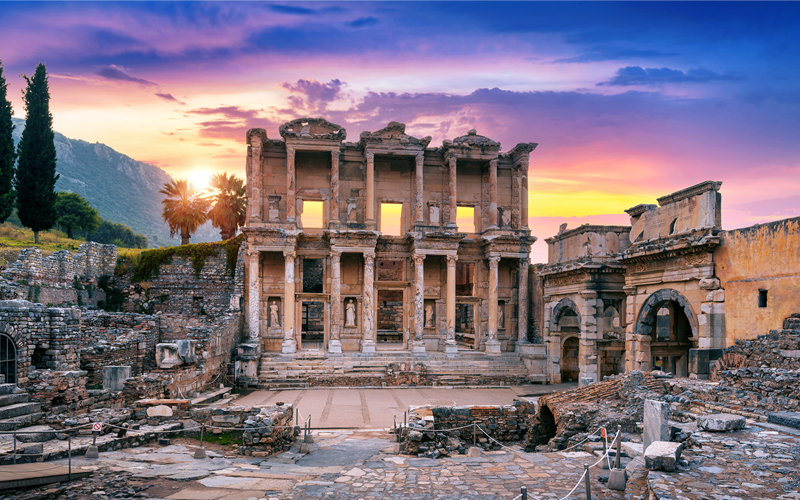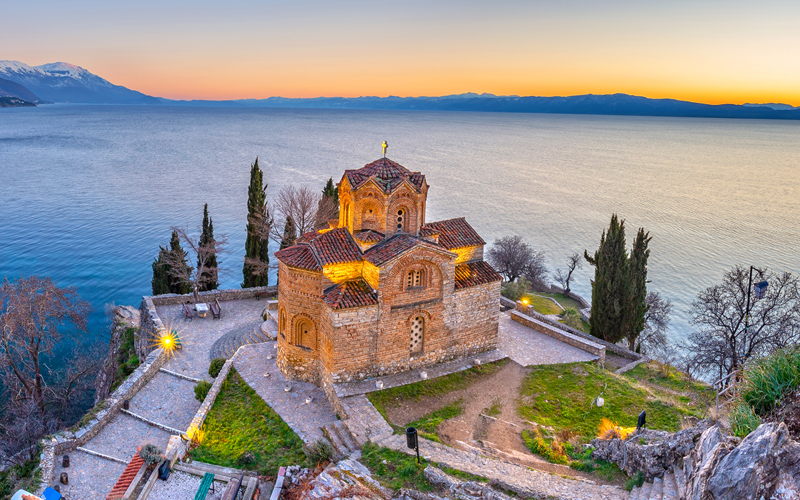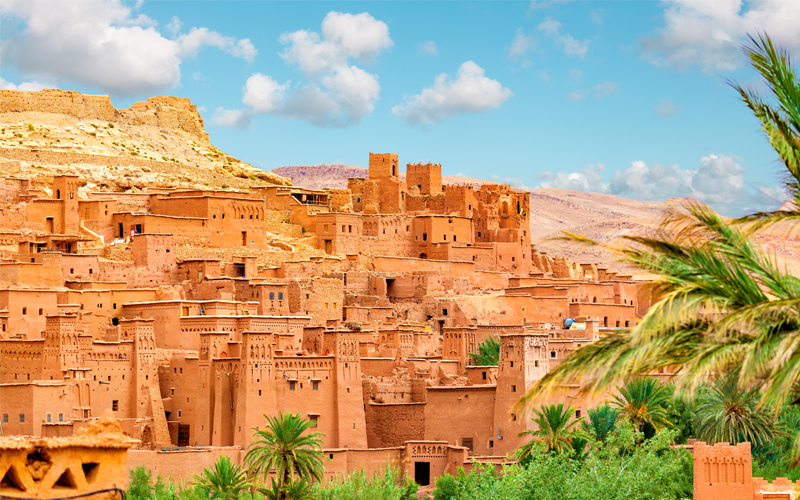Petra, one of the New 7 Wonders of the World is a representation of Jordan and therefore, Jordan’s most visited tourist attraction. Known as the Rose City due to the colour of the stone or the Lost City as the site remained unknown to the Western world until 1812, Petra is a place you need to see, to believe, that it is in fact real-life. UNESCO even described the historical and archaeological city as “one of the most precious cultural properties of man’s cultural heritage”. What to know more? Here are 13 exciting facts about Petra.

When was Petra established
Petra is believed have been established in 312 BC, making it one of the oldest cities in the world. It was the capital city of Nabateans, who were ancient southern Arab people that arrived in Jordan around the 6th century BC. They were essentially the makers of one of the most extraordinary prehistoric civilisations.
New Seven Wonders
Along with the Great Wall of China, Peru’s Machu Picchu, India’s Taj Mahal, the Roman Colosseum in Italy, Mexico’s Chichen Itza and Brazil’s Christ the Redeemer, Petra was named one the New Seven Wonders of the World in 2007.
Exploration of Petra
Approximately only 15% of Petra has been explored by archaeologists, which therefore means that there is still plenty to be revealed.
Petra’s name
The name Petra is derived from the Greek word ‘petros’, which means rocks.

How to get there
To enter Petra, you need to go through a narrow gorge called the Siq, which is around 1km long. It is bound by cliffs each side which are around 8 metres high.
The Royal Tombs
Petra is home to roughly 800 tombs, therefore known as the “Royal Tombs”, with the most renowned being The Treasury. The Treasury was originally built as a mausoleum and crypt, and is estimated to be over 2,000 years old.
Who discovered Petra
A Swiss explorer called Johann Ludwig Burckhardt discovered Petra in 1812. Because it was an unknown metropolitan for around 5 centuries, it is also called the ‘Lost City’.
UNESCO World Heritage site
Petra Archaeological Park became a UNESCO World Heritage site in 1985 due to its historical important and delicate structure. Furthermore, Petra is half-built, half-carved into rock.
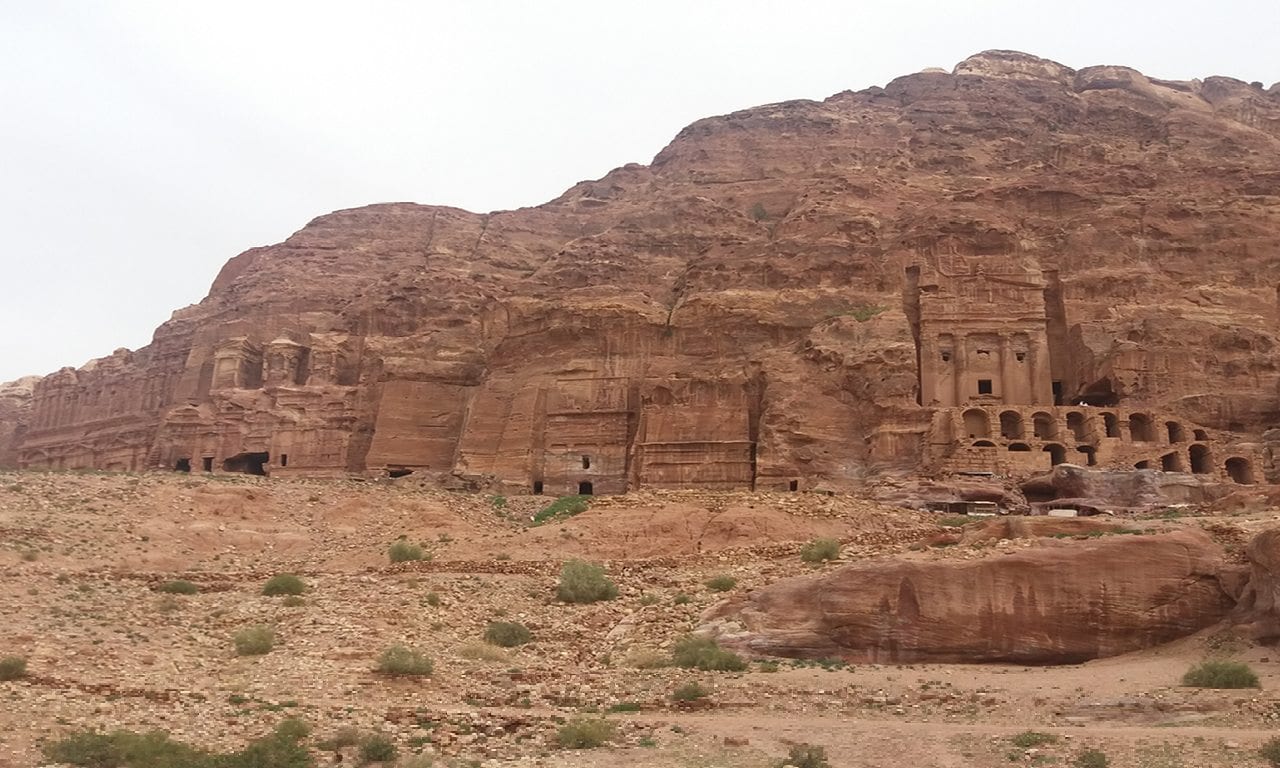
Main connection
Situated between the Red and Dead Sea, Petra was a significant junction between Egypt, Arabia and Syria-Phoenicia during Hellenistic and Roman times. It was also a key hub for the silks of China, spices of India and the incense of Arabia.
Water System
It wouldn’t have been possible for Petra to exist if it had not been for the water channel system that was constructed to offer storage and supply for its people. As a result, there was apparently enough water to support the 30,000 citizens that are believed to have occupied Petra.
Films
The Mummy Returns, Indiana Jones and the Last Crusade are the most noteworthy movies that were filmed at Petra. Indiana Jones and the Last Crusade amplified awareness of Petra and therefore an increase of tourism to the site occurred.
Earthquakes
Between 1BC and 8AD Petra experienced harsh earthquakes. An earthquake which occurred in 363AD ruined numerous of the structures in Petra and furthermore, majorly damaged the water system.
Who inhabited Petra
The area of Petra was inhabited in 3 different periods; the Edomites from 18th – 2nd century BC, the Nabateans from 2nd century – 106 BC and the Romans from 106 – 395 BC. The remains left is mainly from the Nabateans period. The Nabateans were extremely skilled water engineers, traders, builders and carvers.
